PubMatic, an independent technology company delivering digital advertising’s supply chain of the future, announced recent expansion and success of Connect, its fully-integrated audience solution that leverages addressable signals from across the open internet to help data owners drive monetization and help media buyers drive performance. With Connect as a centralized access point for addressability solutions, the company has not only adapted to industry changes but has also delivered a quantifiable monetization lift for publishers.
Last week, Google began turning off third-party cookies for Chrome users, with plans to completely disable third-party cookies by the end of the year. As the digital advertising landscape undergoes this seismic shift with heightened privacy regulations and the demise of anonymous targeting, PubMatic sits at the nexus of consumer consent. The company has expanded its partnerships with leading alternative IDs, audience data partners and contextual providers to ensure publishers and advertisers can continue to deliver relevant, impactful advertising across the open internet. As a result, over 75% of impressions on the PubMatic platform have alternative targeting signals attached other than the cookie.
PubMatic is now integrated with nearly 30 alternative IDs, including LiveRamp’s RampID and The Trade Desk’s Unified ID 2.0, to drive increased ROI for advertisers as well as increased publisher revenue and CPMs. Analysis conducted across more than 600 billion ad impressions processed daily by PubMatic concluded that when alternative IDs are present in the bid stream, publisher revenue increased by 16% globally, with the largest revenue lift seen in EMEA and the Americas. Additionally, bid rate increased when alternative IDs were present, indicating that buyers were more interested in transacting on those impressions.
SOURCE: GlobeNewswire







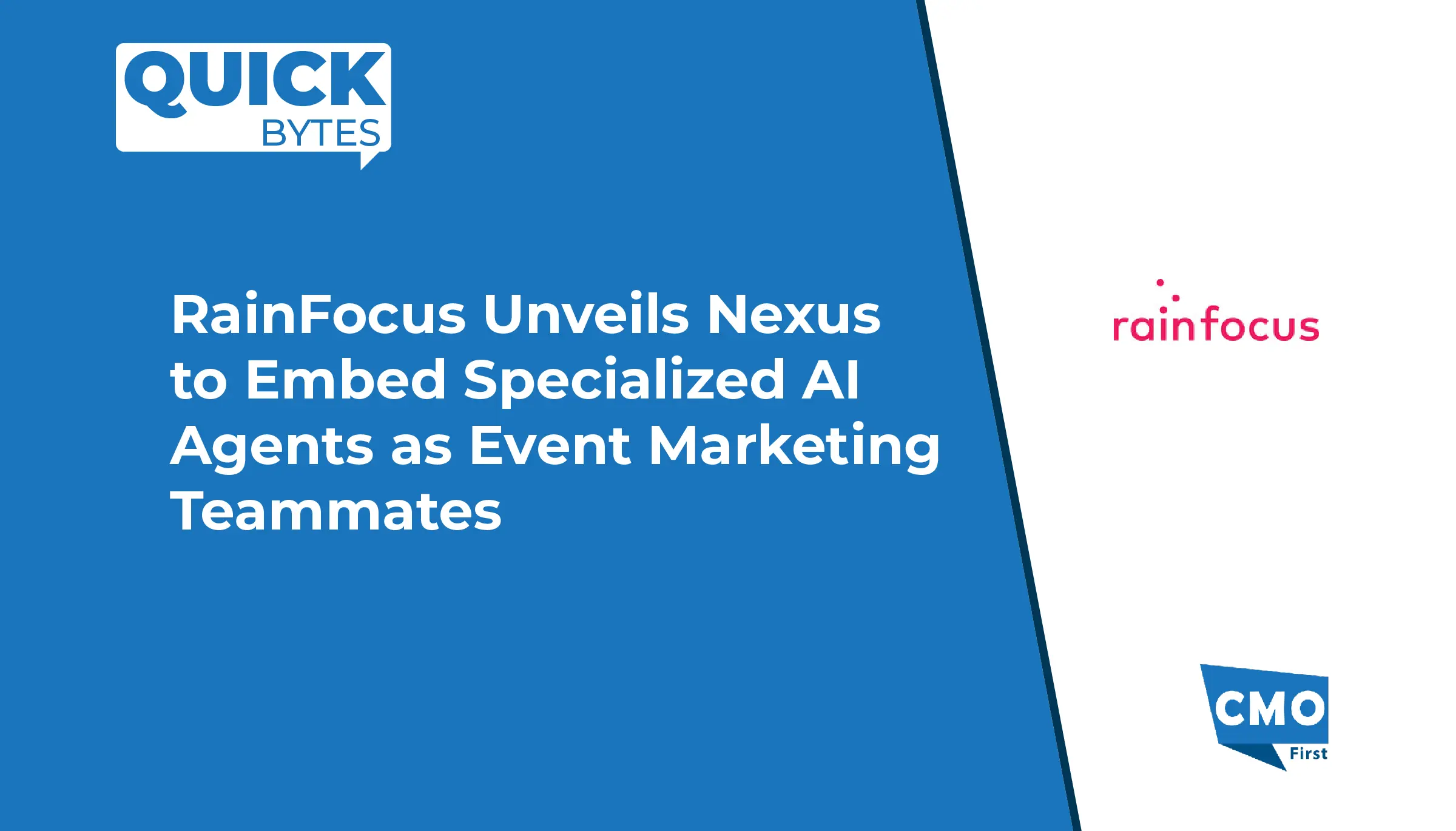

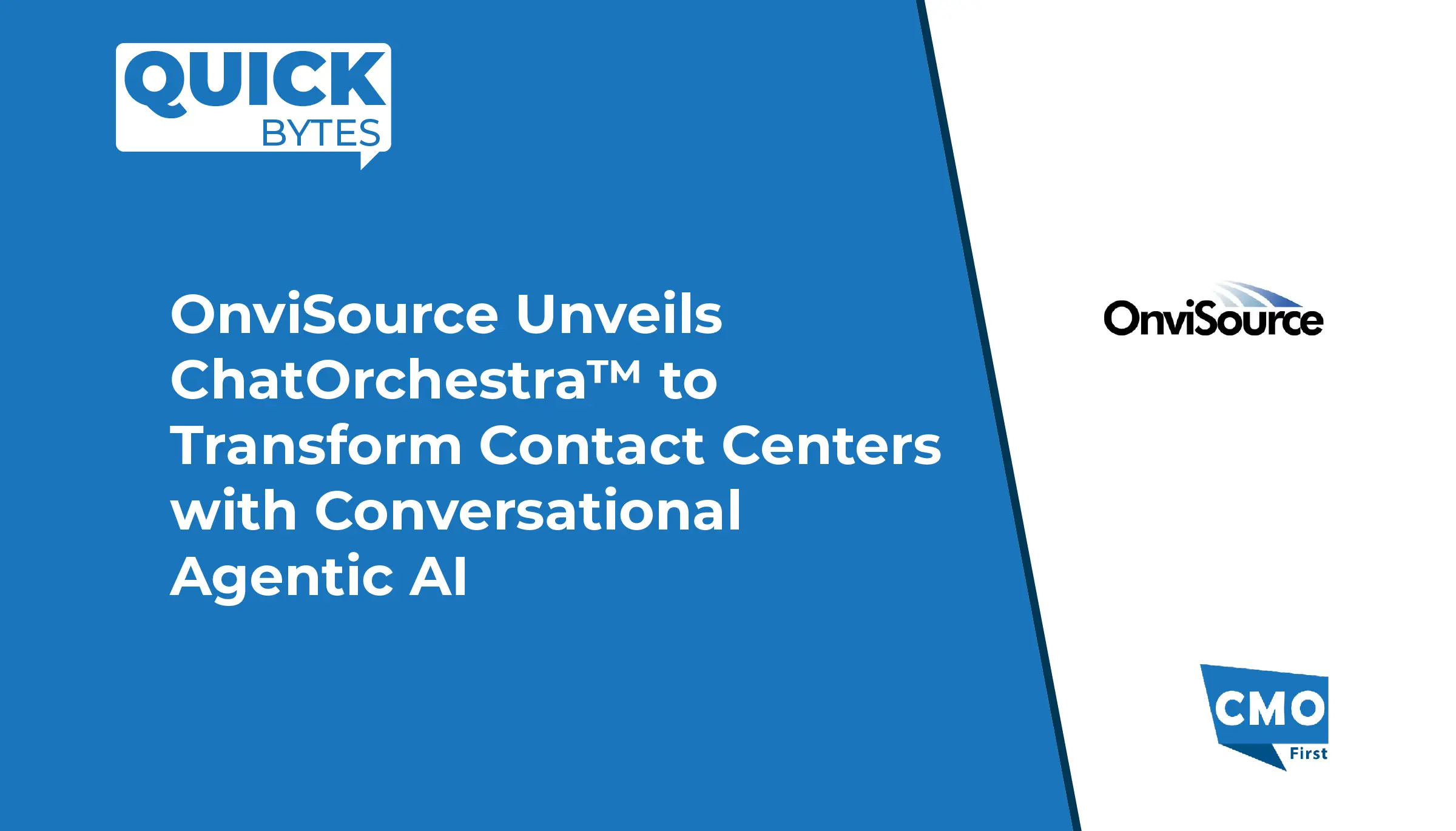

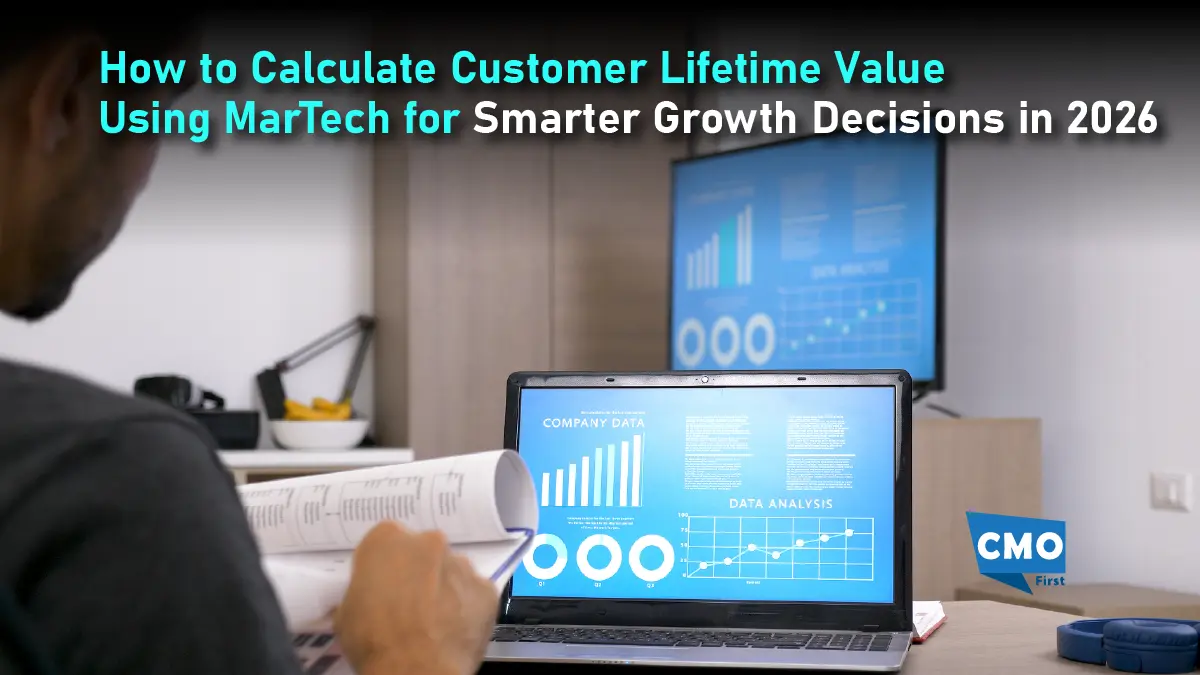
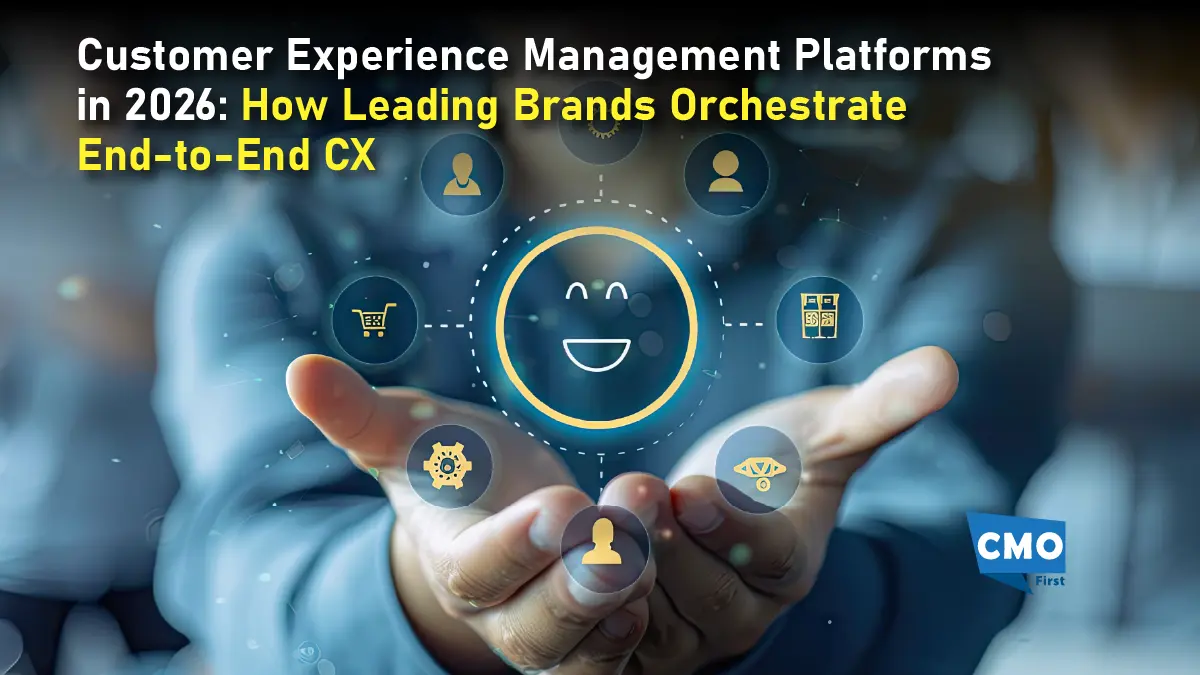
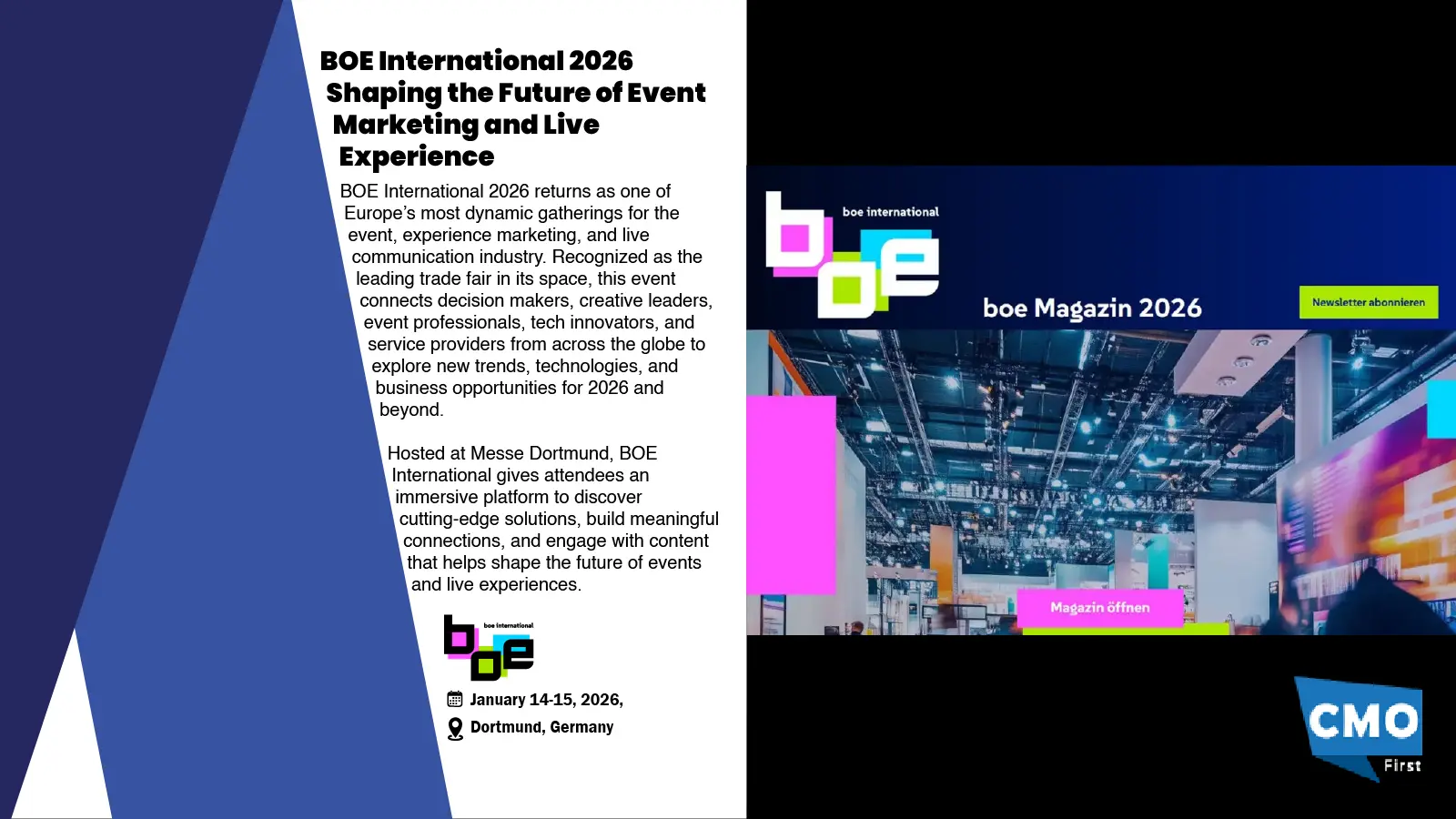
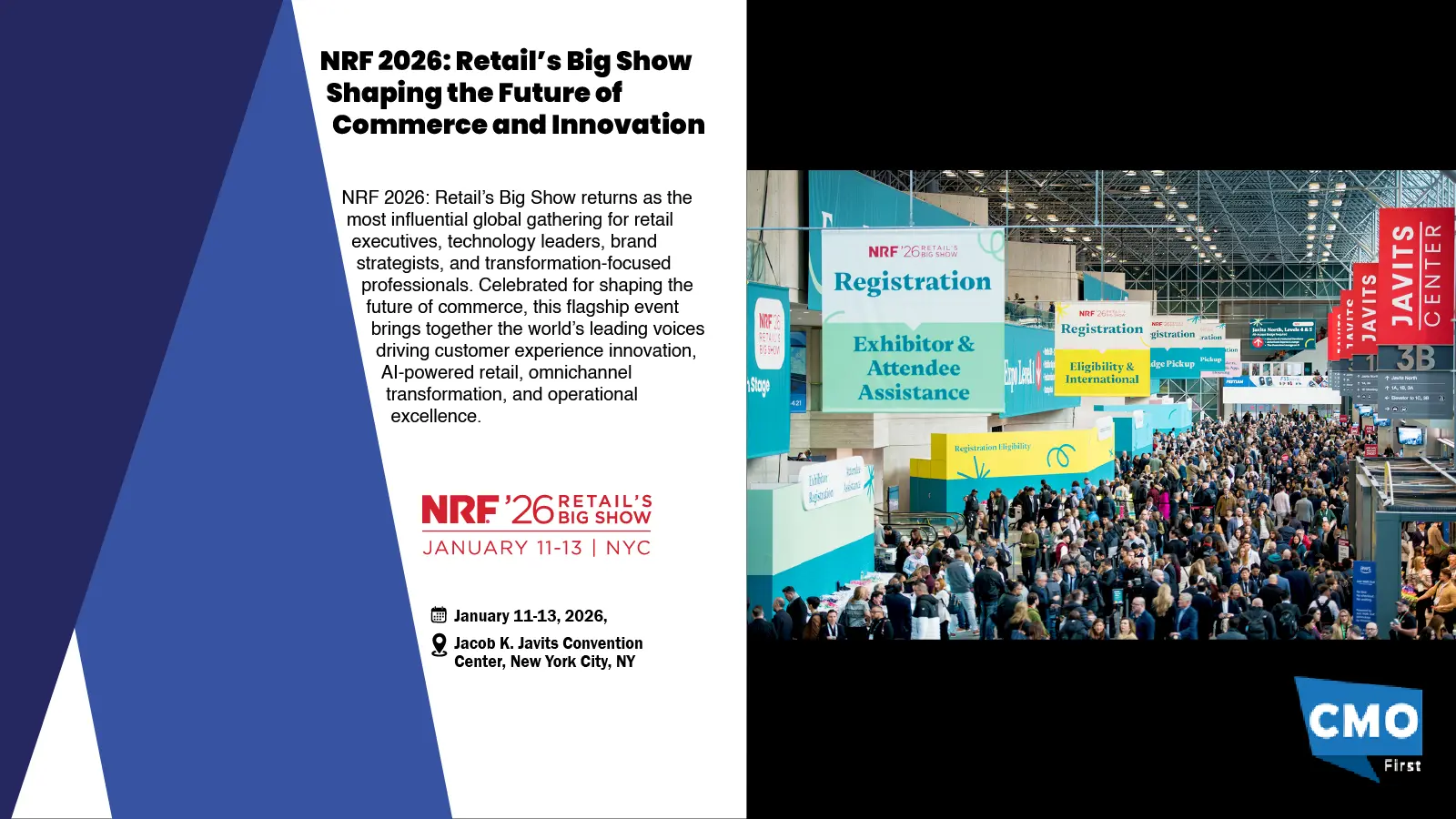
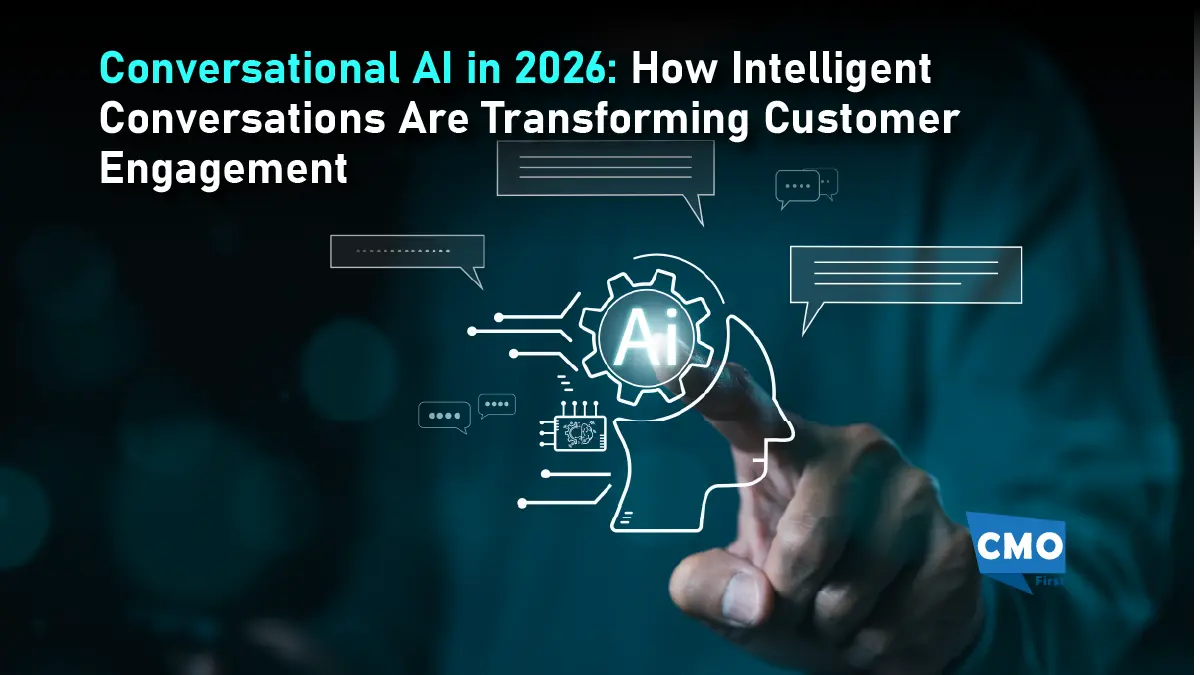

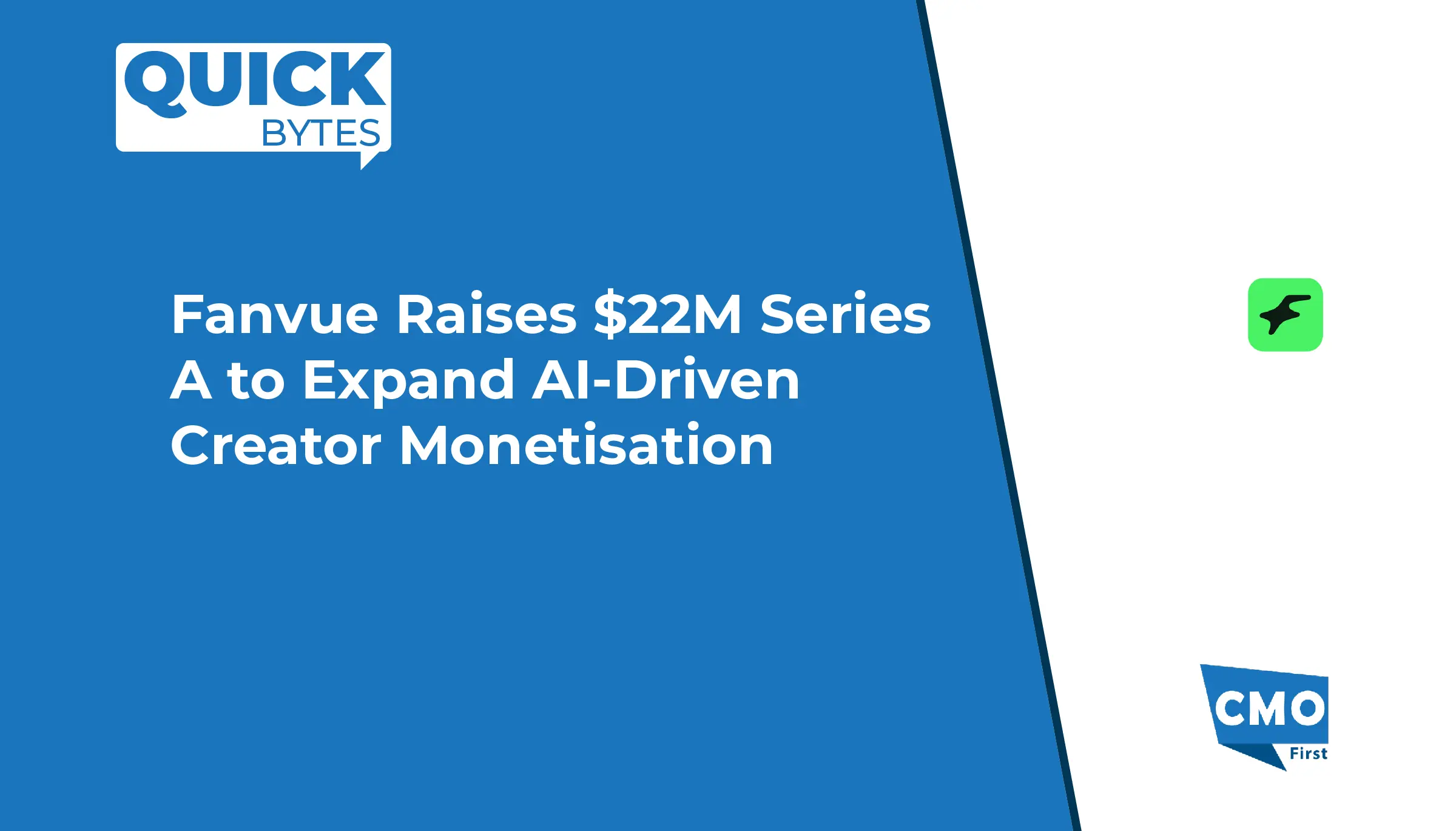


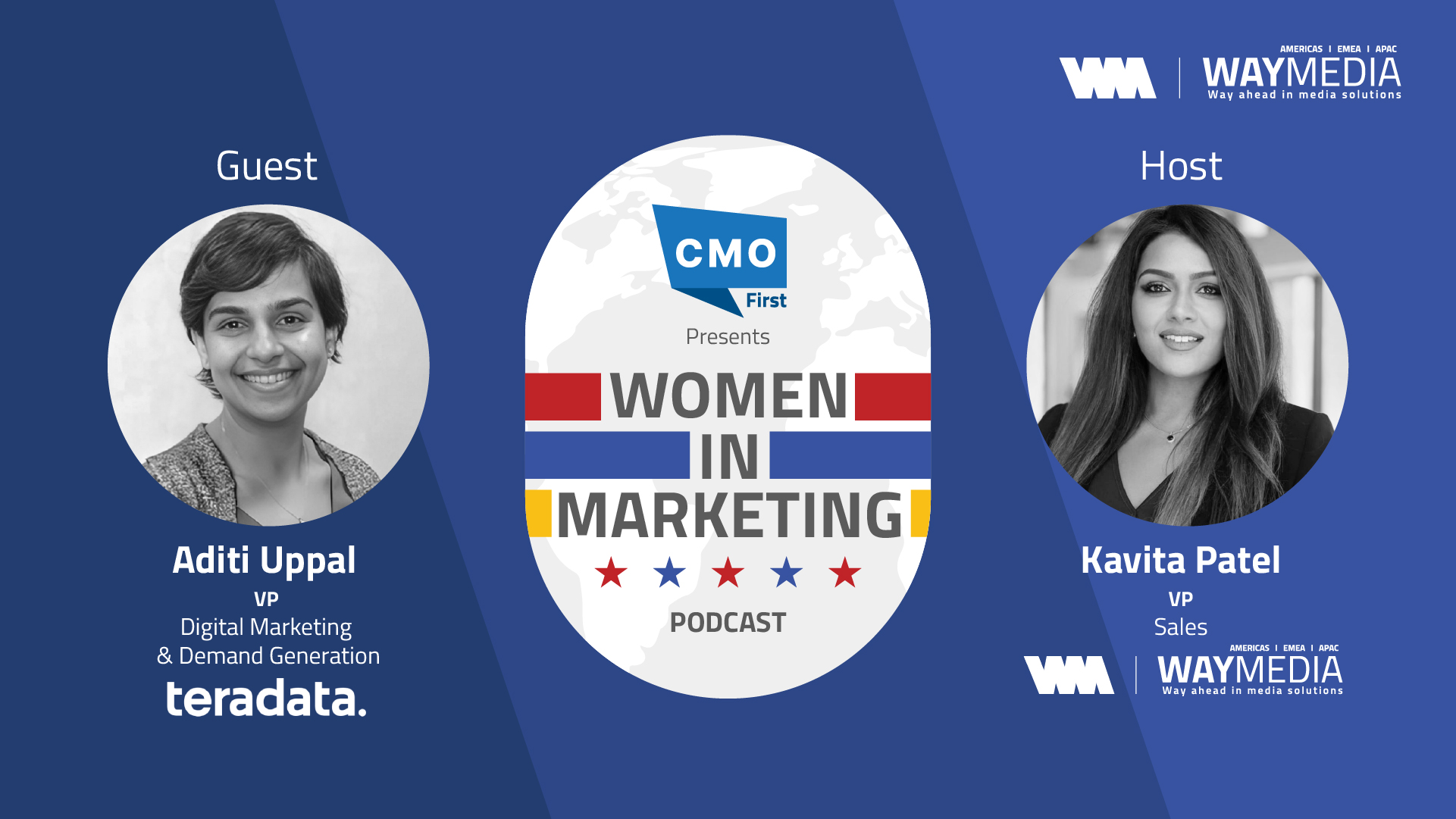
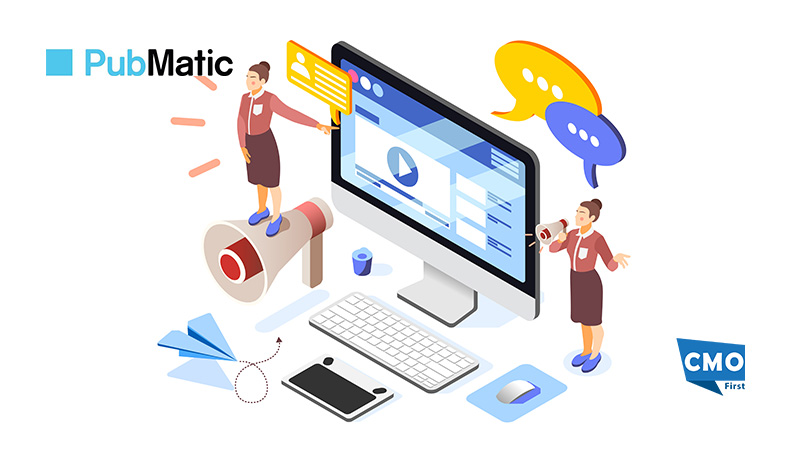
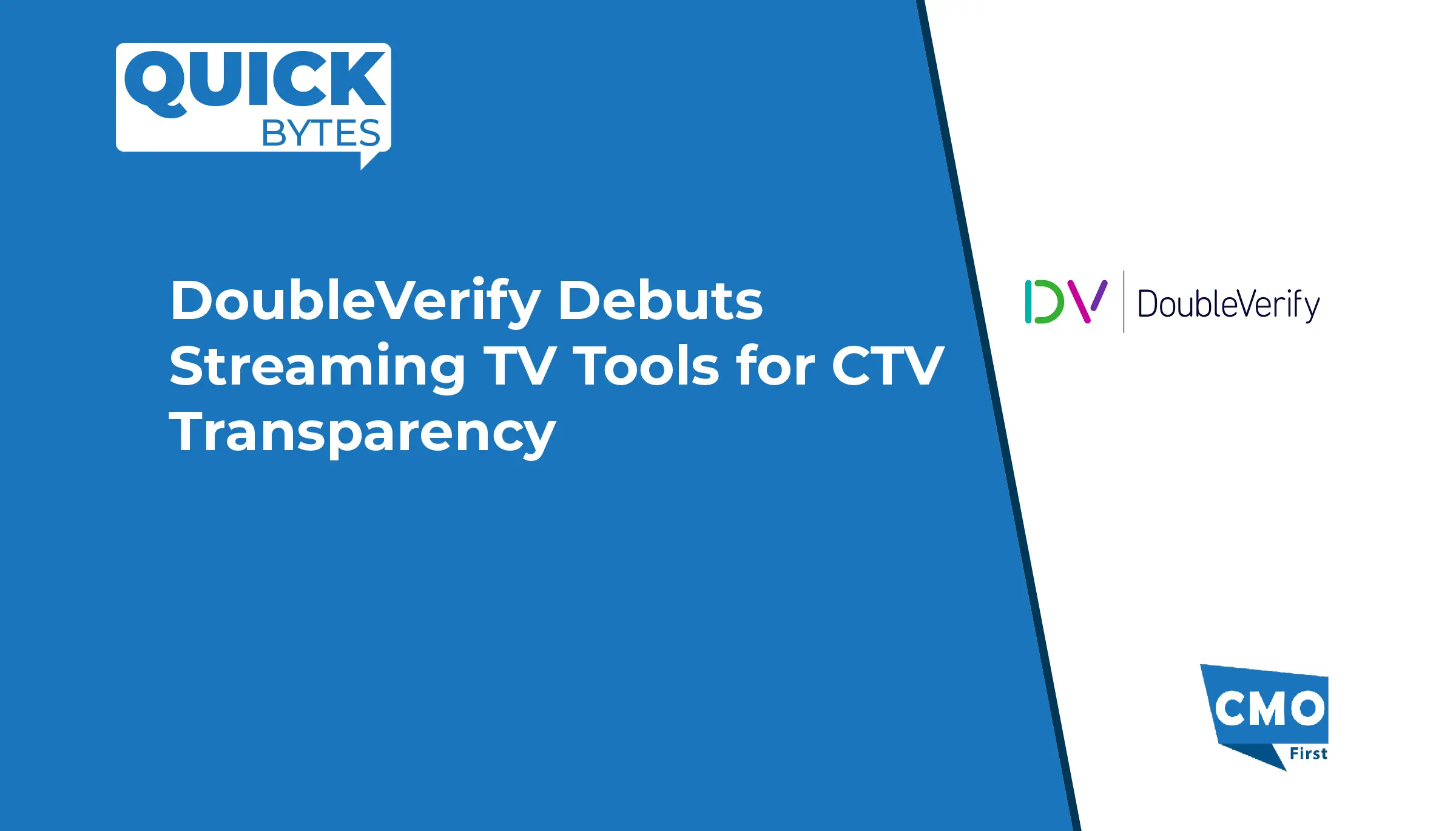
Leave a Reply